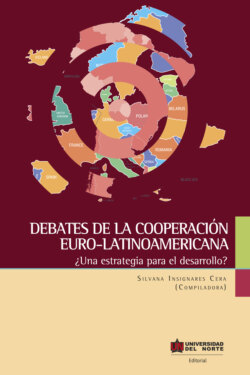Читать книгу Debates de la cooperación latinoamericana - Silvana Insignares Cera - Страница 13
D. URBANISM/URBAN DESIGN DIMENSION
ОглавлениеMarcuse (2004, p. 112) mentions the physical characteristics of the European City: a historical centre with low rise buildings (except for state and religious buildings), public places, neighborhoods with a mixed social structure and small commercial units, clear geographical limits, a high degree of densification and a well-equipped public transport system. Urban (2008) mentions the mix of functions and a sensible treatment of historical buildings as attributes of the European City. Public space, particularly the market place has a huge importance for being the location where urban society in medieval Europe was founded and different social groups met and interacted in a democratic way (Hassenpflug, 2002, Farías, 2005). The urban structure of the European city can be characterized through density, compactness, centrality and mixed uses.
The revision of the distinctive approaches in history, sociology, political sciences and urban design/urbanism reveals different definitions of the European City. The European City can be understood as the ideal type of a certain form of built-up environment, and as a social formation on the local level or as a political unit which poses a high degree of autonomy. Nevertheless interconnections exist between the various definitions.
